Translation services for Medical Device Manuals in the UK are paramount due to the critical nature of ensuring patient safety and regulatory compliance. These specialized services require expert knowledge of medical terminology, an understanding of UK healthcare specifics, and familiarity with complex regulations like the EU MDR. Only translation providers with a history of collaboration with bodies like the MHRA, and native speakers with certifications from reputable organizations, should undertake these translations. Utilizing advanced translation technology alongside a stringent quality assurance process is essential to meet the high standards required for medical device documentation in the UK, ensuring that all users, regardless of language, can understand and safely use these devices. These accurate and clear translations are vital for maintaining operational efficiency and upholding the highest standards of patient care within the UK's medical device sector.
navigating the intricate demands of global markets, medical device manufacturers must prioritize clarity and precision in their product manuals. In the UK, where patient safety and legal compliance are paramount, translation services for medical device manuals play a pivotal role. This article delves into the critical aspects of accurately translating these vital documents, ensuring that healthcare professionals and patients can safely and effectively use medical devices across the UK. From the meticulous process of localization to the selection of specialized translation services, we explore how high-quality translations significantly enhance user comprehension and product utilization, ultimately impacting patient outcomes. Join us as we dissect the importance of this niche within the translation industry and present case studies that exemplify the successful integration of medical device manuals into the UK healthcare sector.
- Understanding the Importance of Accurate Translations in Medical Device Manuals for the UK Market
- The Role of Professional Translation Services in Medical Device Manufacturing
- Key Considerations for Translating Medical Device Manuals: Legal Compliance and Patient Safety
- The Process of Localising Medical Device Manuals for UK Audiences
- Overcoming Language Barriers with Specialised Medical Translation Services
- The Impact of High-Quality Translations on User Comprehension and Product Use
- Choosing the Right Translation Service Provider for Your Medical Device Manuals in the UK
- Case Studies: Successful Translations of Medical Device Manuals in the UK Healthcare Sector
Understanding the Importance of Accurate Translations in Medical Device Manuals for the UK Market
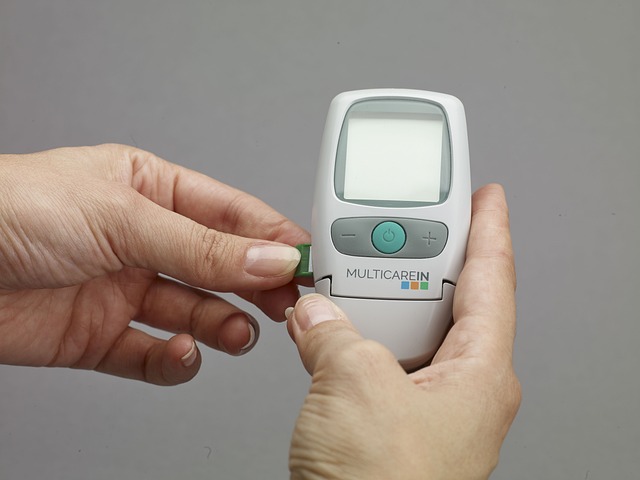
When it comes to medical device manuals intended for the UK market, precision in translation is paramount. The stakes are high, as accurate translations ensure that users fully comprehend the safe and effective use of these devices. Medical device manuals must convey complex instructions and safety warnings without ambiguity, which is why professional translation services for Medical Device Manuals UK are essential. These manuals often contain critical information regarding operation procedures, maintenance schedules, and potential risks, all of which must be accurately translated to avoid misinterpretation or misuse that could compromise patient safety or the integrity of clinical outcomes.
The UK’s diverse population, with a wide range of language proficiencies, necessitates translations that are not only linguistically correct but also culturally sensitive. This is where specialist translation services shine, offering expertise in both medical terminology and the nuances of UK English. By adhering to stringent quality standards and employing experienced translators who are fluent in the target language and familiar with medical jargon, these services ensure that all translated content for medical devices is clear, reliable, and compliant with local regulations, thereby fostering trust among healthcare providers and patients alike.
The Role of Professional Translation Services in Medical Device Manufacturing

In the highly specialized field of medical device manufacturing, the accuracy and clarity of communication are paramount. This is where professional translation services play a pivotal role, especially for manufacturers looking to distribute their products in diverse linguistic markets such as the UK. The stakes are particularly high when it comes to medical device manuals, which must be thoroughly understood by healthcare providers to ensure patient safety and proper use of the devices. Translation services for Medical Device Manuals UK are not just about converting text from one language to another; they involve a deep understanding of medical terminology, regulatory requirements, and cultural nuances that can significantly impact the interpretation of instructions and safety information.
Professional translation services specializing in medical device manuals in the UK are equipped with expert linguists who are often medically trained and well-versed in the specific jargon associated with medical devices. They ensure that the translated content aligns with both the original intent and the regulatory standards of the target market. This commitment to precision and compliance is critical for manufacturers aiming to maintain a global reputation for quality, safety, and reliability. By leveraging these specialized translation services, medical device companies can confidently navigate language barriers, thereby expanding their reach and providing essential healthcare tools to a wider audience while upholding the utmost standards of clarity and accuracy.
Key Considerations for Translating Medical Device Manuals: Legal Compliance and Patient Safety
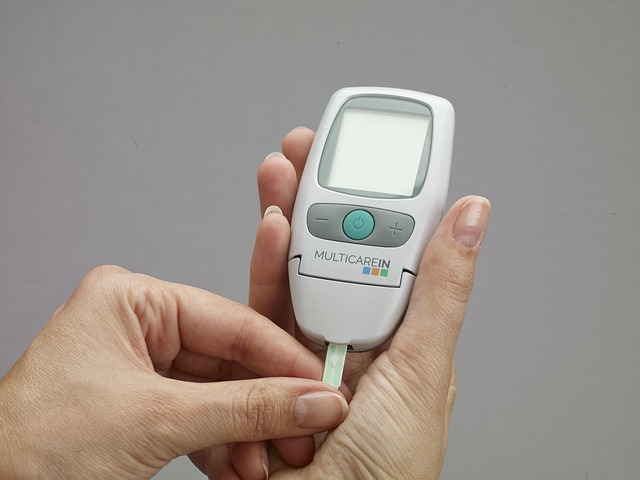
When translating medical device manuals, precision and accuracy are paramount to ensure legal compliance and patient safety. In the UK, medical devices are subject to stringent regulatory requirements as outlined by the Medical Device Regulation (MDR) and the In Vitro Diagnostic Regulation (IVDR). Translation services for Medical Device Manuals UK must adhere to these regulations, translating content that is not only compliant but also clear and understandable to end-users. The translation process must account for the nuances of language, including technical terminology, which may differ significantly between source and target languages. It is crucial that translators are not only proficient in both languages but also have a deep understanding of medical terminology and the context in which these devices are used. This ensures that the translated instructions are correct and that users can operate the devices safely, thereby safeguarding patient welfare. Moreover, the translation should maintain the original tone and intent to avoid misinterpretation or misuse of the device. The UK market, with its diverse population and multitude of languages spoken, necessitates expert translation services that can navigate these complexities. By choosing a professional translation service specializing in medical device manuals, manufacturers can confidently comply with legal standards while also fostering trust among users by providing clear, accurate, and reliable instructions in the language of their choice. This not only enhances patient safety but also supports the manufacturer’s reputation for quality and compliance within the UK healthcare sector.
The Process of Localising Medical Device Manuals for UK Audiences
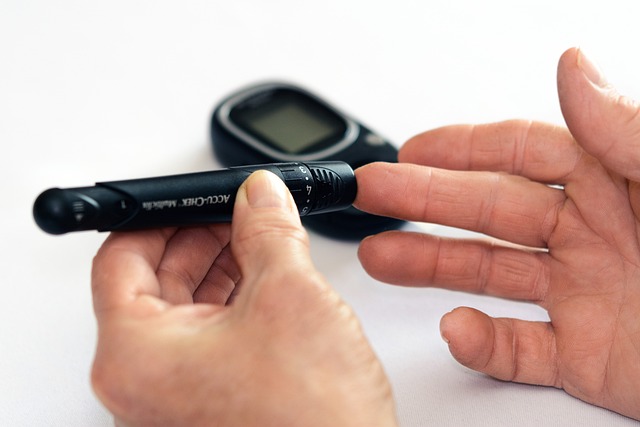
When localising medical device manuals for audiences in the UK, precision and compliance with regulations are paramount. The process begins with selecting a translation services provider that specialises in both medical terminology and regulatory knowledge, ensuring the translations adhere to the Medical Device Regulation (MDR) 2017/745 and the In Vitro Diagnostic Regulation (IVDR) 2017/746. The chosen provider must have a proven track record in providing translation services for medical device manuals within the UK, demonstrating an understanding of both the source and target languages’ nuances.
The localisation process involves meticulous translation, contextual adaptation, and cultural relevance analysis to guarantee that the content is not only accurate but also resonates with the UK audience. This includes adapting measurement units, date formats, and currencies as per British conventions, ensuring that all instructions are clear and comprehensible to users. Additionally, the translation team must be well-versed in the technical aspects of medical devices to accurately convey the safety information and operational guidelines. Quality assurance is a critical step, where translations undergo a rigorous review process to confirm that they meet both the language requirements and legal standards set forth for medical device documentation in the UK.
Overcoming Language Barriers with Specialised Medical Translation Services

Navigating the complexities of medical device manuals requires a profound understanding of both the source and target languages, as well as the intricate details within the text. Specialized translation services play a pivotal role in overcoming language barriers, particularly in the medical field where accuracy is paramount. In the UK, where diverse populations necessitate clear communication, these services ensure that medical device manuals are translated with precision and cultural relevance. The translation process is not merely about converting text from one language to another; it involves a deep comprehension of medical terminology, technical specifications, and regulatory requirements. This ensures that users across different linguistic backgrounds can safely and effectively use medical devices as intended by the manufacturers. By leveraging expert linguists who are often backed by subject matter experts in the medical domain, these translation services for Medical Device Manuals UK guarantee that all instructions, safety information, and operational guidelines are accurately conveyed, thereby enhancing patient care and compliance with legal standards.
The Impact of High-Quality Translations on User Comprehension and Product Use
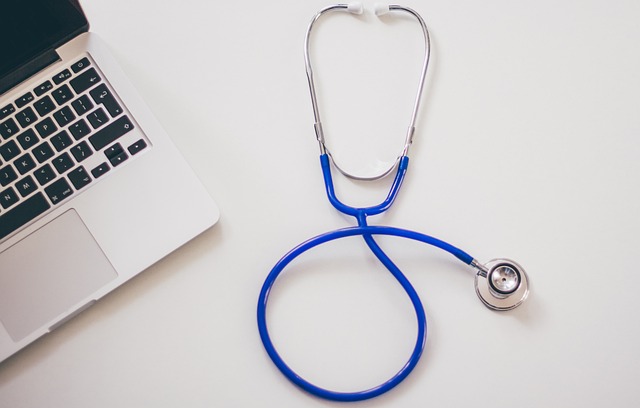
When it comes to medical device manuals, precision and clarity are paramount, not just for legal compliance but also for patient safety and effective product use. High-quality translations from reputable translation services for Medical Device Manuals UK play a pivotal role in this context. Accurate translations ensure that users, who may be patients or healthcare professionals, fully grasp the instructions and safety information. This comprehension is critical, as it directly influences how the device is used and whether its benefits are fully realized without unnecessary risks. The linguistic precision of professional translation services can bridge communication gaps between manufacturers and end-users, facilitating a seamless user experience across different regions within the UK. Moreover, these translations adhere to regulatory standards, which are essential for maintaining trust in medical devices and for ensuring that all necessary information is conveyed accurately in the language of the user. The impact of such high-quality translations extends beyond mere understanding; it encompasses the safety, efficacy, and satisfaction associated with using medical devices. Therefore, investing in top-tier translation services for Medical Device Manuals UK is not just a matter of compliance but an integral part of delivering a quality product that can positively impact health outcomes.
Choosing the Right Translation Service Provider for Your Medical Device Manuals in the UK
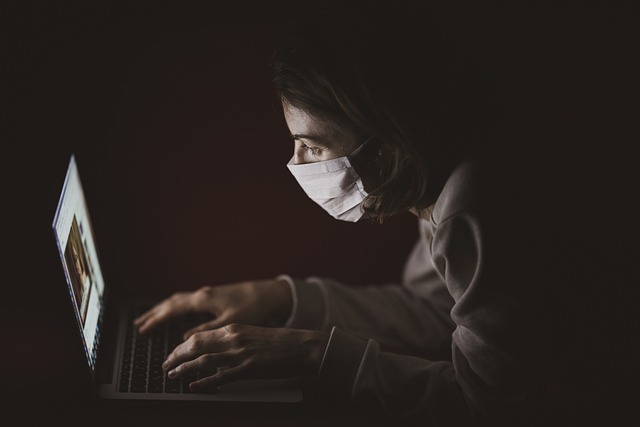
When tasked with creating accurate translations for medical device manuals in the UK, selecting the right translation service provider is paramount. The translator must possess specialized knowledge in both the medical and technical domains, ensuring that all safety instructions, usage guidelines, and compliance regulations are conveyed precisely. Opting for a service provider experienced specifically within the UK healthcare context is essential, as this guarantees familiarity with local standards, terminology, and idiomatic expressions. The chosen provider should have a proven track record of working with regulatory bodies such as the Medicines and Healthcare products Regulatory Agency (MHRA), and be adept at navigating the complexities of EU MDR (Medical Devices Regulation) and other pertinent regulations.
Moreover, the translation service should employ native-speaking translators who are certified by relevant professional bodies, such as the Institute of Translation and Interpreting (ITI) or the Chartered Institute of Linguists (CIOL). This certification underscores their competence in providing high-quality, reliable translations. Additionally, they should utilize advanced translation technology, coupled with a rigorous quality assurance process, to ensure that all translations meet the highest standards of accuracy and readability for end-users. With such a provider, you can be confident that your medical device manuals will be translated effectively, ensuring clear communication and safe use across different linguistic audiences in the UK.
Case Studies: Successful Translations of Medical Device Manuals in the UK Healthcare Sector
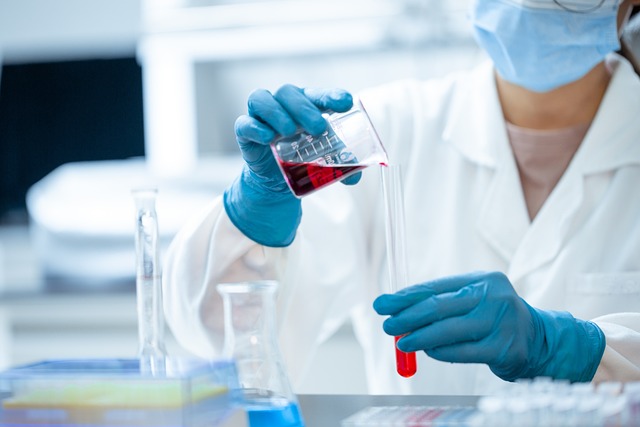
In the UK healthcare sector, the precision and clarity of medical device manuals are paramount for patient safety and operational efficiency. The successful translation of these manuals hinges on the expertise of specialized translation services for medical device manuals in the UK. A case study that exemplifies this is the collaboration between a leading medical device manufacturer and a seasoned translation agency. This partnership ensured that all regulatory content, including user instructions and safety guidelines, was accurately translated into multiple languages, adhering to both European and British legal requirements. The translation service’s proficiency in navigating technical terminology and medical jargon facilitated seamless communication across multilingual teams within the healthcare sector. This not only enhanced the understanding of device functionality but also ensured compliance with stringent regulatory standards such as CE marking and MHRA (Medicines and Healthcare products Regulatory Agency) approvals. Another instance involved the translation of complex surgical manuals, where precision was critical. The chosen agency employed subject matter experts who were not only fluent in the target languages but also well-versed in the specific medical context, ensuring the accuracy and reliability of the translated content. These translations played a pivotal role in supporting healthcare professionals in their decision-making processes, thereby upholding the highest standards of patient care.
In conclusion, the translation of medical device manuals into languages that cater to the diverse population of the UK is not merely a matter of communication; it is an integral part of ensuring patient safety and legal compliance. The expertise of professional translation services for medical device manuals in the UK plays a pivotal role in this process by providing accurate, context-aware translations that bridge language barriers and facilitate a deeper understanding among users. As evidenced by numerous case studies within the healthcare sector, high-quality translations significantly enhance user comprehension, thereby promoting proper use of medical devices and contributing to better health outcomes. For device manufacturers, selecting a translation service provider that specialises in this field is critical for navigating the complexities of the UK market effectively. Thus, investing in top-tier translation services not only aligns with regulatory requirements but also demonstrates a commitment to patient safety and user satisfaction, ultimately setting a new standard for medical device communication in the UK.
